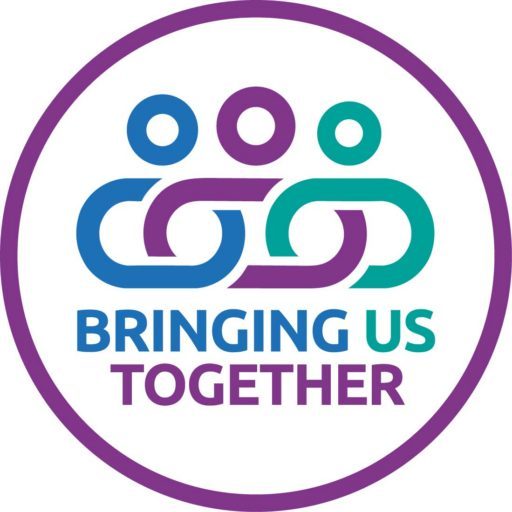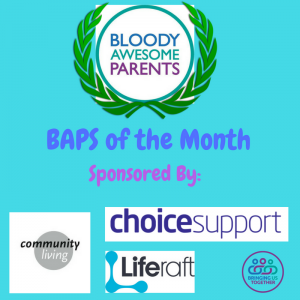Parent Groups – Marketing Tools
Today, we are going to be looking at Marketing again but this time we are looking at the tools available to help your group with its marketing.
On our last post, we looked at what you need to consider before reaching this point.
- What do you have that parents want?
- Why would they want to engage with you?
- How do you make them feel? How do they feel about you?
- Do you have to make changes to the way you do things to engage more people?
Let’s look at the marketing tools that are readily available and how you could use them.
 Mailing List:
Mailing List:
Do you have a mailing list for your members? How do you use this? Do you send a weekly/monthly/termly newsletter? Or is it just used ad hoc when needed?
When people sign up to your mailing list, do you ask them how they want to be contacted? Some people may sign up to a mailing list but then rarely check emails.
How do people sign up to your mailing list? Is it via a website? Is it via a paper form? We asked these questions in our posts about Membership, have you had chance to answer them yet?
What you probably don’t want to do is to use it to email out every single little piece of information. There is nothing more frustrating than signing up to a mailing list and then receiving emails daily with information that is of no relevance.
Again, ask your members. Would they like a monthly newsletter – a brief overview of what you have done in the past month, what is coming up in the next month and a round-up of relevant news (e.g. new surveys, legislation proposals, etc)? Or would they prefer one at the beginning of each term?
Also think about your own capacity as a group. Your members may like a daily/weekly update but can you provide that?
Newsletter:
Newsletters can be great and can be done easily as a word/pages document and then converted into a PDF. PDFs are easier to open, take less storage and it doesn’t matter what version of word or pages you use.
There are also software such as MailChimp (free for 2000 subscribers and 12000 emails a month – i.e. you can email 2000 members six times in a month). Mailchimp is great but does take a bit of time to understand. However, it can be a nice way to communicate with people as it looks professional but can be personalised easily.
What would members like in a newsletter? Do they want to know about events coming up? Do they want to know about SEND news? Do they want to know how an event went? Perhaps you attend meetings or events – do your members want to hear about them? Ask them.
Website:
Do you have a website? Most people are daunted by the idea of making a website but to be honest, wordpress.com and blogger offer very simple templates to use. There is no charge but obviously, there are some limits to what you can change or add to the site (for example, if people can buy something from you or donate to you, it’s not feasible to add a “Paypal” button).
However, they are definitely worth using to begin wit and for the majority, should probably be more than enough. If you get a bit more tech-friendly, you can self-host your website – this means you have more say in what the site looks like and what tools you can have on your site for your members to use, e.g. Paypal, forums, etc.
At Bringing Us Together, we use TSOHost – it is £4.99 per month and their customer service, especially for newbies, is second to none. They are happy to help with even the most stupid questions without any patronising comments. There are many other hosting platforms around though, so ask around and see what other people use.
As a group, how could you use a website? What information do you think would be useful for your members? A lot of people use Facebook pages and groups but it can be difficult to find a post that contained the answer to your question unless you bookmark it. So having the information on your site, where searching is simple, may be a good way forward.
You can add a sign up form, you could write a newsletter as a blog post every month/term, you could have your contact details, upcoming events, survey links, etc – all in one place.
Again, ask your members – would they like a website and if so, what would they like on there.
Facebook Pages & Facebook Groups:
Facebook Pages enable public figures, businesses, organisations and other entities to create an authentic and public presence on Facebook. Facebook Pages are visible to everyone on the internet by default. You, and every person on Facebook, can connect with these Pages by becoming a fan and then receive their updates in your News Feed and interact with them.
Facebook Groups are the place for small group communication and for people to share their common interests and express their opinion. Groups allow people to come together around a common cause, issue or activity to organize, express objectives, discuss issues, post photos and share related content.
Definitions from Facebook
Should we have a page or a group?
Pages: Facebook has very complicated algorithms about who sees what in their feed now and this means that unless people “like, share or comment” on a post on your Facebook page, it will often just disappear from any feed and people will have to visit your Page to see any posts.
Facebook pages are great for general promotion of your group, a way of having a public presence on Facebook. Perhaps sharing events, news items or other blogs people may find of interest.
People can also choose to be notified if your page posts but to be honest, most people don’t bother or if they do, the notification will be lost in a sea of other notifications.
Groups: Facebook groups have some advantages – they can be set up as Public, Closed or Secret. This varies what people can see – as a member or non-member of the group.
People can again choose to be notified when people post in the group – they can choose to be notified of every post, of highlights eg popular posts or if a friend posts in the group. Again, this isn’t always a guarantee that people will then look.
Groups are good for getting feedback from members about what they like, love, want etc from the group. It is often useful to read through the group posts and see if a new common theme of an issue is being discussed. This helps when you are looking at how you can engage with members and engage more members.
It is also easier to have more interaction on a group than on a page. Sometimes people feel that pages are impersonal and they don’t engage.
You can also add files and documents to a group, which is useful if you want to share these with your members
Having a group enables other people to share information and links which they think may be of interest, so it is not just one person trying to keep on top of sharing information.
It is also helpful to have one or two group admins if possible or a lot of work can fall on one person.
As a group admin, your members can notify you of spam or abusive posts. It is not always possible to be on the group 24/7 so this is useful when things go pear-shaped during your absence.
One thing to note though is if you have a group set to secret, people cannot always share posts or links which may be of interest to their friends. This is when you will sometimes see someone post a link and it says “link unavailable”.
Other marketing tools:
- YouTube
- Periscope
- Snapchat
There are so many different ways of marketing, you need to have a look at what works for your group. Send out one thing via various methods and see which way gets the most engagement. Remember having 1000 members means nothing if they don’t engage. If you get it right, you will get more members. Focus on what you do and your values before trying to grow.
Don’t think you have to be on every possible social media there is. You really don’t. It is better to really master one or two than to be stumbling in the dark with every one available.
Marketing Tools – checklist:
- Do you have a mailing list?
- How do you use it?
- How do your members want to be emailed regularly?
- Do you have a newsletter?
- Is the content of your newsletter of interest to your members?
- Do you have a website?
- Would it be useful to have one?
- What could go on there?
- Do you have a Facebook page?
- Do you have a Facebook group?
- What do you share on there?
- What are the privacy settings?
Mum to three great kids, each with a different SEN.
Transplanted from the NW to the SE.
Co-founder and Director of Bringing Us Together

 Mailing List:
Mailing List:





